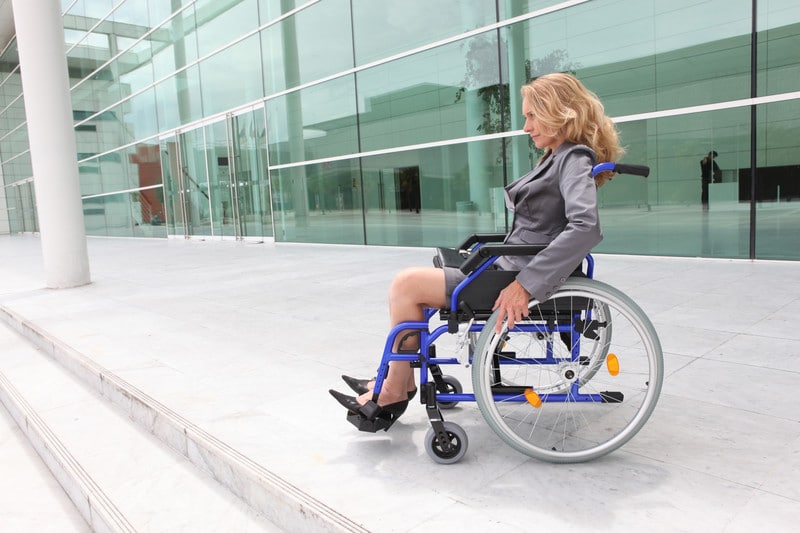
Originally published on The Atlantic
A new breed of accessibility apps can make life easier for people with disabilities. They can also make it harder.
Excerpt:
A group gathers on a Nashville street corner, some rolling in wheelchairs and others walking. They have arrived holding their smartphones and make friendly chatter while a coordinator helps them log in to an app. Dispersing in small groups, they examine restaurants, cafes, and shops, looking for features signaling that disability is welcome there: a parking sign with the International Symbol of Access, a wheelchair ramp, an automatic front door, a wide bathroom stall with grab bars, braille text, low-flicker lighting, glare-free floors, scent-free soap. The groups use the app to document and rate these features. Once submitted, the information accumulates in a database that others can use to find accessible locations.
Excerpt:
But even if all these problems were solved, digital-accessibility apps still pose one final threat to disability advocacy in urban environments. Apps can make cities more navigable, but they do not change the material features of that environment. Most of the time, they record the current conditions in the built environment rather than advocate for better ones. Before apps came on the scene, disability activists used mapping to catalog injustices and to imagine alternative futures: new environments in which accessibility was the norm, rather than the exception. Contemporary projects should incorporate that lesson, too. By incorporating knowledge from broad groups of people with disabilities, digital mapping could do more than just record the world as it is today. It could also drive political, design, and policy improvements. After all, to deserve the name, a smart city ought to be a better city, not just a more technological one.
